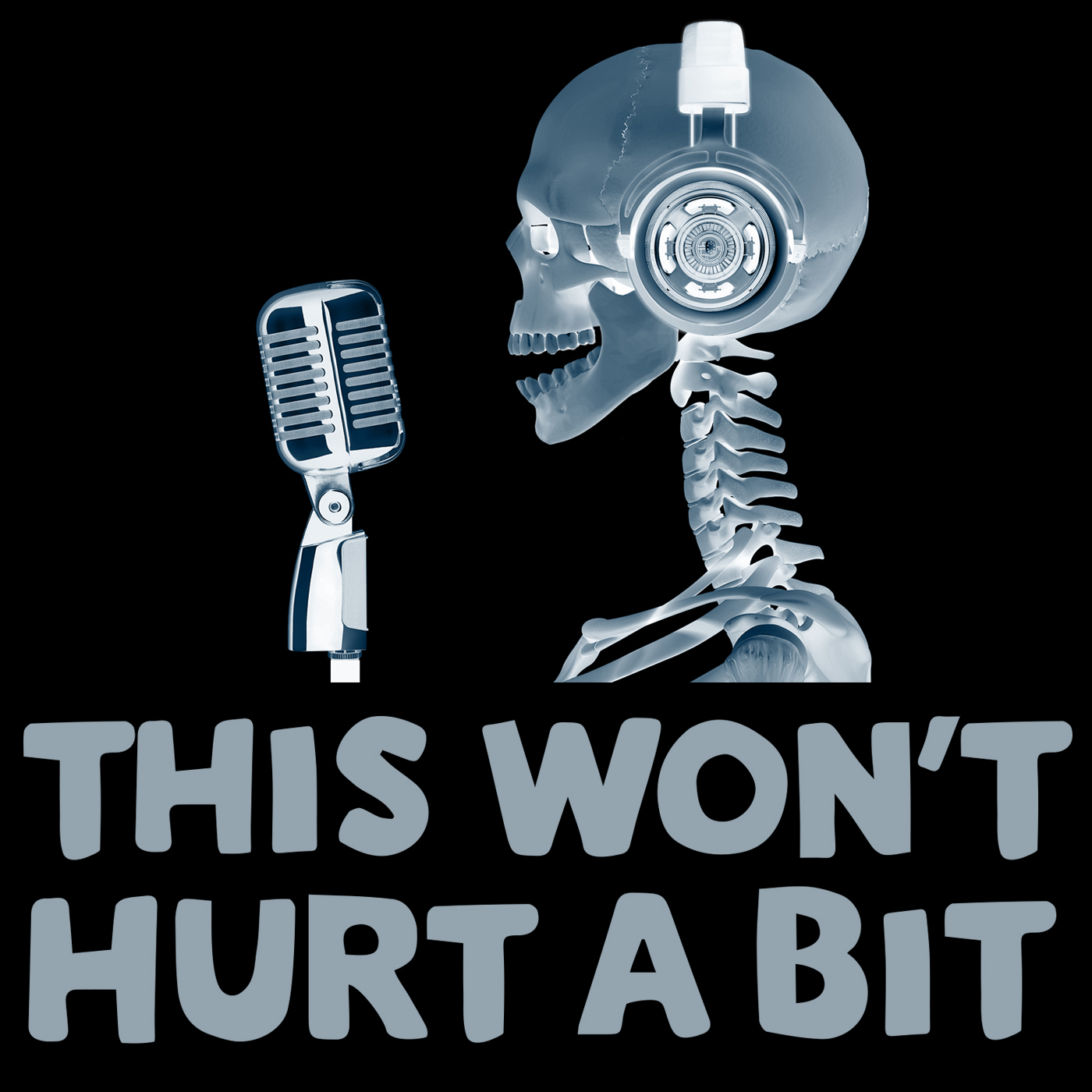Doctor Alan B. Scott was the first one to discover the effects of Botulinum toxin (BTX) on muscles. He was an ophthalmologist specializing in strabismus, a condition where eyes do not line up properly, and Dr. Scott had an idea that if it was possible to paralyze eye muscles, he would be able to temporarily set them in a correct position. He picked a very potent toxin, botulism, and tested it. Another doctor, Dr. Jean Krauszer, was studying involuntary eye blinking (blepharospasm), and she too thought that maybe she could use this toxin, and started using it on her patients.
Extremely dangerous. A tiny amount of toxin is enough to kill you so in order to use it in medicine the amount has to be diluted to just the right dosage by a professional.
Dr. Krauser and her husband decided to harness the power of botulism toxin for cosmetic purposes. 1992 is the time when the first paper come out on application of botulism for cosmetics.
It is pretty safe but there have been reports of bad things happening, usually while someone did something sketchy. One doctor with a suspended medical license, for example, ordered some botulism toxin which was meant for lab purposes, he improperly diluted it, and injected too much. No one died, but a few people got sick and went to a hospital.
There are lot of medical uses where Botox has been used but since it's only been around since mid-90s, we do not yet know its long-term effects or its full potential.
People are paying lots of money for botulism, what does it do? Botox is a neurotoxin and it acts on neuromuscular junctions. Nerves usually send signals to your muscles, but Botox interferes in this communication and the muscle becomes essentially paralyzed. Botox actually permanently kills this neuro-muscular junction, but fortunately it regrows over time. That is why Botox wears of every six months.
In case of food-based botulism, it feels just like food poisoning. Very fine muscles will get a small dose of the toxin, causing double-vision, discomfort, and weakness in face muscles.
When babies ingest a spore with a bacteria in it, this bacteria starts to grow and replicate, and in process it then secretes botulism toxin. A floppy baby is a classic symptom of infant botulism.
Babies have less bacteria in them and have less acidic stomach, which when combined provides less competition for the new bacteria to inhabit and replicate.
Where does botulism naturally live? Anything that is anaerobic. Druggies put a needle under their skin and with it they inject a bacteria right under the skin. The bacteria then ends up living and replicating under the skin.
Theoretically if you could make a form that can be aerosolized this could be turned into a bio weapon, but it has never be done (to our knowledge) as it is really hard to do.
Spores love low oxygen, high temperature, and low acidity. A lot of conditions for canning food are also conditions in which spores would love to germinate. In theory, it is possible to get botulin into food, however, if you heat the food for long-enough to achieve theoretical 12-log reduction of botulin toxin (99.9999% reduction) through this process, it should be ok. Exact duration depends on food and the method of preparation.
The time it takes to get rid of the botulism toxin depends on the amount and method it was acquired. A lot of the toxin into your breathing system, for example, could kill you by paralyzing your breathing, and thus preventing the rest of your body from working.
